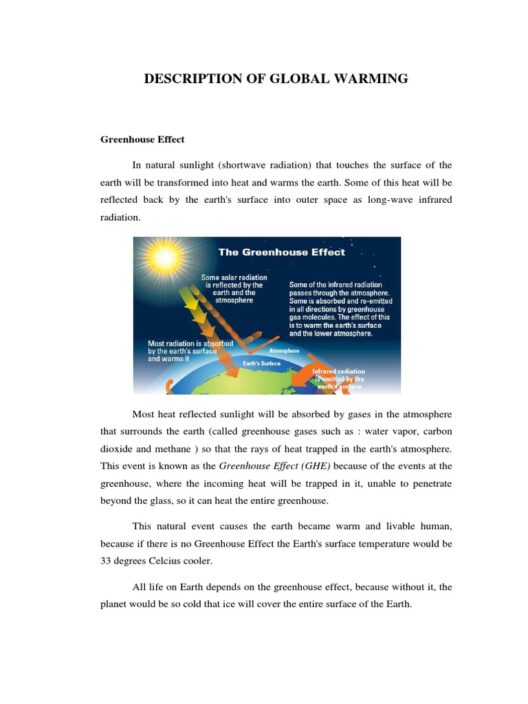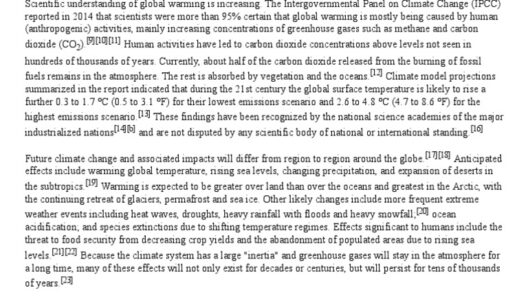Mexico, a vibrant tapestry of cultures and breathtaking landscapes, boasts a climate as diverse as its people. From the arid deserts of the north to the lush jungles of the south, the climate in Mexico varies significantly across different regions. This extensive guide details the fascinating climatic characteristics that define each area, enabling you to appreciate the ecological splendor of this remarkable country.
Understanding Mexico’s climate is not only about grasping the temperature and rainfall patterns but also about appreciating how these elements interplay with the country’s rich biodiversity and cultural richness. The climate can be classified into several categories, primarily influenced by geography, topography, and the Pacific and Atlantic Ocean currents. Here, we explore the various climatic regions that intricately weave the environmental fabric of Mexico.
Let us embark on a journey through the climatic zones that characterize this diverse nation, illuminating the remarkable beauty that each region holds.
Coastal Bliss: The Tropical Regions
The coastal areas of Mexico, especially along the Caribbean Sea, are quintessentially tropical. This region, teeming with lush foliage and vibrant wildlife, is marked by high humidity and warm temperatures year-round. Summers are sweltering, often exceeding 90°F, accompanied by substantial rainfall. The hurricane season, primarily from June to November, can dramatically affect weather patterns, transforming tranquil shores into tempestuous landscapes.
Places like Cancun and Playa del Carmen epitomize the tropical allure of Mexico. Here, the azure waters of the Caribbean juxtaposed with the emerald hues of palm fronds create an aesthetic paradise. The region’s climate fosters diverse ecosystems, including mangroves, coral reefs, and rainforests, supporting myriad species both endemic and migratory. Such ecological diversity is not merely a visual feast but also a reminder of the delicate balance of nature.
The Pacific Coast, with destinations like Acapulco and Puerto Vallarta, shares a similar tropical climate, albeit with regional variations. The coastal mountains influence precipitation, creating areas of higher humidity towards the shore and aridity further inland. This interplay of geography and weather contributes to an enchanting contrast between the relentless surf and the serene mountains, illustrating the essence of California-style coastline meeting the magic of Mexico.
Desert Dreams: The Arid North
Transitioning to the northern territories, one encounters a stark contrast—the arid climates that dominate this rugged landscape. Regions such as Sonora and Chihuahua experience extreme temperatures, with scorching summers and lunatic winters where frost is prevalent. The annual rainfall is scant, often less than 10 inches, sustaining unique desert vegetation like cacti and hardy shrubs.
The beauty of Mexico’s deserts lies in their starkness. The Sonoran Desert, for example, showcases iconic saguaros against vibrant sunsets that seem to engulf the horizon in fiery hues. The ethereal quality of dusk, with its cascading colors, creates an aesthetic allure treasured by photographers and nature lovers alike. The arid climate here is not devoid of biodiversity; rather, it is a testament to adaptation, showcasing a resilient ecozone brimming with life discovered in the cracks of the parched earth.
Highland Serenity: The Central Plateau
As we ascend to the Central Plateau, the climate begins to shift once more. This region, known for its high elevation, experiences a temperate climate characterized by mild summers and chilly winters. The cities of Mexico City and Guanajuato fall within this zone, where the warmer season seldom exceeds 80°F, while winters can plummet to near freezing levels.
The highland climate produces an extraordinary variety of flora and fauna. The interplay between altitude and temperature creates microclimates that are crucial for sustaining diverse ecosystems. Here, the highland meadows burst into an array of colors during the rainy season, drawing in a plethora of migratory birds and pollinators. Moreover, the aesthetic appeal of colonial architecture against a backdrop of verdant hills accentuates the allure of this temperate region, merging history and nature harmoniously.
As one explores the bustling markets and serene plazas of cities in this central region, the elevation not only presents a climate conducive to a spectrum of crops—such as corn and coffee—but also offers breathtaking vistas. The majestic mountains and valleys filled with blooming wildflowers remind us of nature’s beauty in this high-altitude cradle.
A Final Reflection: Climate’s Role in Cultural Identity
Throughout Mexico, the intricate tapestry of climates shapes not only the environment but also the cultural identities and lifestyles of its inhabitants. From traditional agricultural practices that align with the vicissitudes of the seasons to the festive celebrations vividly connected to climate patterns, the intertwining of nature and culture is indelible.
In summary, Mexico’s climate is a mosaic of contrasts and harmonies, each region offering its unique characteristics and aesthetic appeal. The tropics, the deserts, and the highlands—each part of this grand canvas contributes to an ecological richness that demands our respect and awe. Understanding this climatic diversity is crucial not only for those looking to travel but for anyone interested in the delicate relationship between environment, culture, and community within this remarkable country.
To truly appreciate the climate of Mexico is to experience the inviting warmth of its coasts, the haunting beauty of its deserts, and the enchanting allure of its highlands—a journey full of wonder awaits anyone willing to explore its vast natural landscape.







